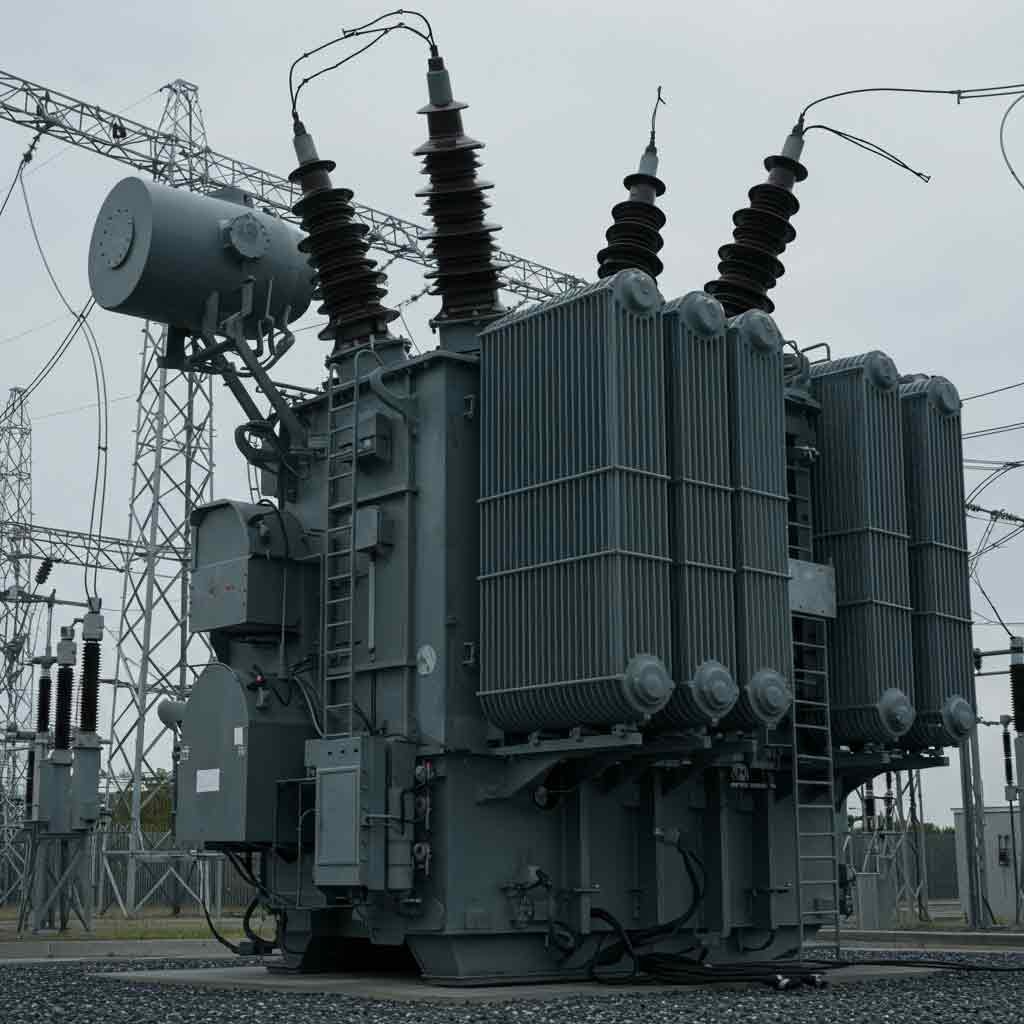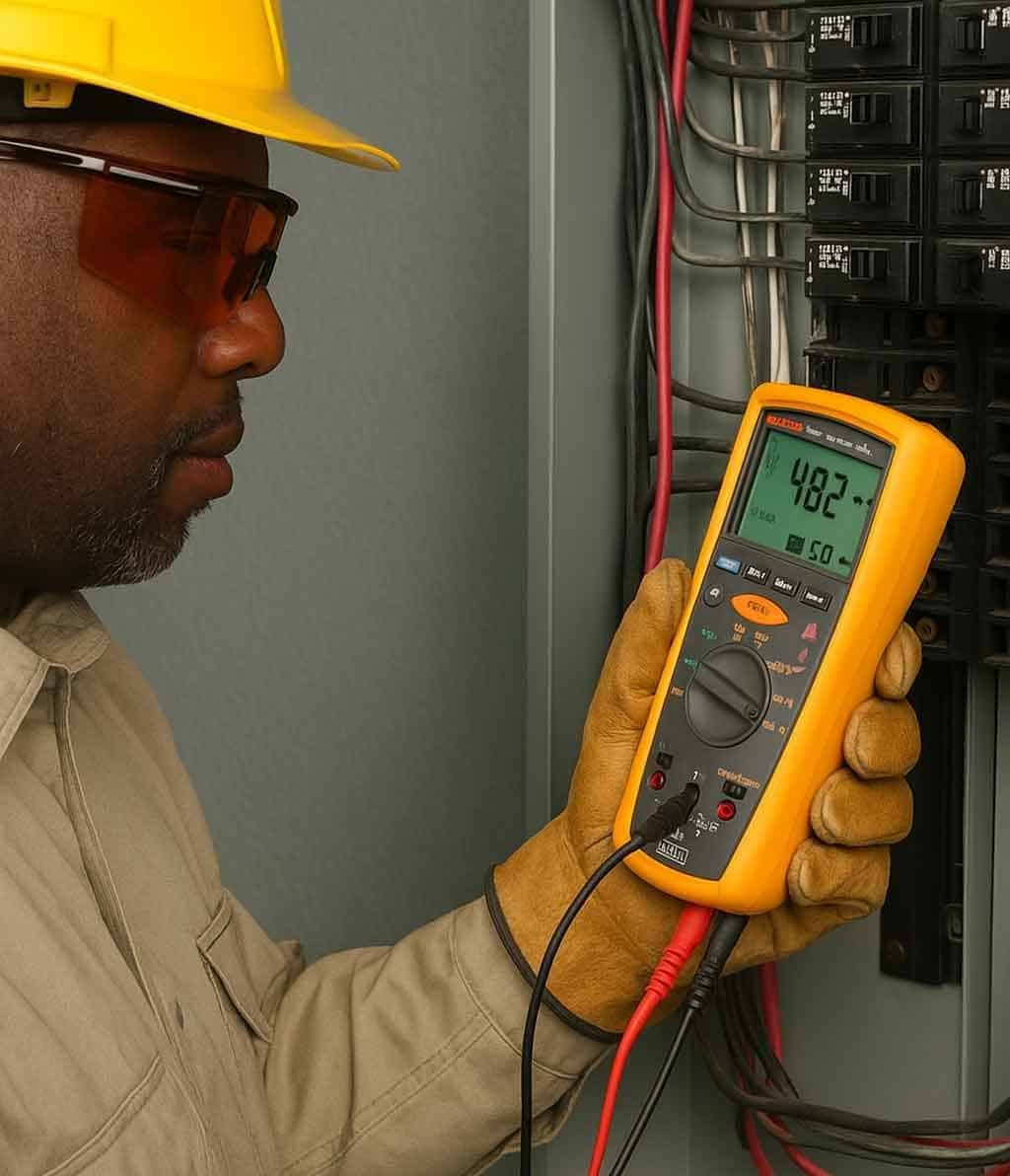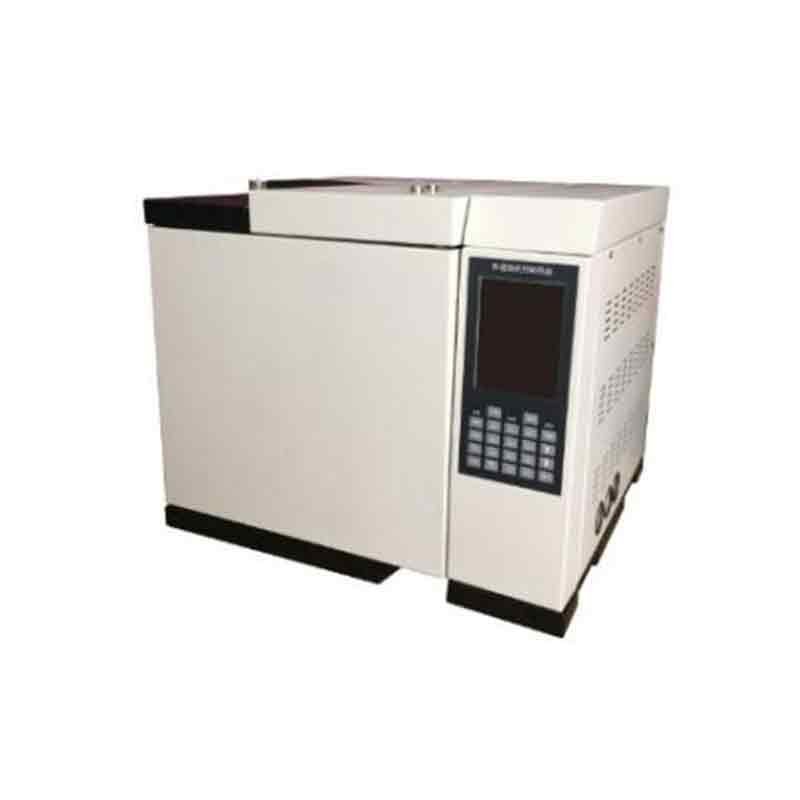Are you facing problems with transformer testing? Do you need to ensure your transformers are working as expected? A transformer turn ratio (TTR) tester can help. A transformer turn ratio (TTR) tester is used to measure the ratio of the number of turns in the primary winding to the number of turns in the secondary winding of a transformer. It helps detect faults in the transformer, such as shorted or open windings, and ensures the transformer is operating correctly. So, you might be asking, “Why should I care about TTR testers?” Well, keep reading to find out the answers.
What is the Acceptable Transformer Turns Ratio?
Are you wondering what a good turns ratio is for a transformer? Is there a standard to follow? It’s important to know what’s acceptable. The acceptable transformer turns ratio depends on the transformer’s design and application. The measured ratio should be very close to the nameplate ratio, usually within ±0.5%. Any significant deviation indicates a potential problem. ! Dive Deeper: The acceptable turns ratio is not just a theoretical number; it’s a critical parameter affecting the performance and longevity of transformers. The Electrical Apparatus Service Association (EASA) suggests that deviations beyond ±0.5% warrant a closer inspection of the transformer’s internal condition. Consider a scenario in a power distribution system: If a transformer’s nameplate ratio is 10:1, the acceptable range, according to industry standards, would be 9.95:1 to 10.05:1. A reading outside this range suggests potential issues such as core damage or shorted turns. According to a study by the IEEE, transformers operating outside this tolerance range have a 30% higher risk of failure within five years. Here’s how different factors influence the acceptable range:
| Factor | Impact | Acceptable Range Adjustment |
|---|---|---|
| Core Material | Affects magnetizing current and flux distribution. | High-quality core materials (e.g., silicon steel) allow tighter ranges. |
| Winding Technique | Influences layer-to-layer capacitance and inductance. | Precision winding reduces deviations. |
| Load Conditions | Affects voltage regulation and internal temperature. | Higher loads may require wider tolerances due to increased losses. |
| Operating Temperature | Impacts insulation integrity and winding resistance. | Temperature compensation is crucial for accurate measurements. |
Regular testing, adhering to standards such as IEC 60076, ensures that transformers operate within safe and efficient parameters. A deviation beyond the acceptable range should prompt immediate investigation to prevent potential damage and downtime.
What Happens if the Transformer Turns Ratio is Wrong?
What happens if you ignore the turns ratio and it’s not right? Can it cause big problems? Yes, it can, so let’s look at the effects of an incorrect ratio. If the transformer turns ratio is wrong, the output voltage will be incorrect. This can damage connected equipment, cause overheating, and reduce efficiency. It can also indicate internal faults, such as shorted turns, which can lead to transformer failure.
Dive Deeper: An incorrect turns ratio can trigger a cascade of adverse effects, impacting operational efficiency and equipment lifespan. Let’s delve into the quantitative impacts using real-world data. Consider a transformer in a manufacturing plant supplying power to sensitive machinery. If the turns ratio is off by just 5%, the resulting voltage fluctuation can cause a 10-15% reduction in the machinery’s performance. Studies have shown that even minor voltage deviations can decrease the lifespan of electronic components by up to 20%. Furthermore, the economic implications are significant. According to a report by the U.S. Department of Energy, inefficient transformers can increase energy consumption by 3-5%. This translates to thousands of dollars in additional electricity costs annually for a medium-sized industrial facility. Here’s a breakdown of the consequences and their potential costs:
| Consequence | Impact | Potential Cost |
|---|---|---|
| Equipment Damage | Voltage fluctuations can lead to premature failure of connected devices. | Repair or replacement costs ranging from $1,000 to $50,000+ depending on the equipment. |
| Overheating | Increased losses cause the transformer to run hotter, degrading insulation and shortening its lifespan. | Reduced transformer lifespan, potentially requiring a replacement costing $5,000 to $100,000+. |
| Reduced Efficiency | Higher energy consumption due to inefficient voltage transformation. | Increased electricity bills by 3-5%, which can amount to thousands of dollars annually. |
| Unscheduled Downtime | Unexpected failures can halt operations, leading to significant financial losses. | Downtime costs ranging from $1,000 to $10,000+ per hour depending on the industry. |
Addressing an incorrect turns ratio promptly through regular testing and maintenance can mitigate these risks and ensure the reliable and cost-effective operation of transformers.
How Do You Test a Transformer?
How do you actually test a transformer to see if it’s working right? What steps do you need to take? Here is a quick overview. You can test a transformer using several methods, including measuring the turns ratio with a TTR tester, performing an insulation resistance test (Megger test), and checking the winding resistance. These tests help identify issues such as insulation breakdown, open circuits, and shorted windings.

Dive Deeper: Comprehensive transformer testing involves several key methods, each providing unique insights into the transformer’s health. Here’s a data-driven approach to understanding these tests:
- Turns Ratio Test: TTR testers like the KVBB are highly accurate, with a typical accuracy of ±0.1%. This test ensures the transformer’s voltage transformation is within specified limits.
- Insulation Resistance Test: Using a Megger, this test measures the insulation resistance between windings and ground. Acceptable values typically range from 1 Megaohm to 1000+ Megaohms depending on the voltage class. A decrease of 50% or more often indicates insulation degradation.
- Winding Resistance Test: Micro-ohmmeters are used to measure the resistance of each winding. Deviations of more than 5% from the nameplate value suggest potential issues like loose connections or shorted turns.
- Frequency Response Analysis (SFRA): This advanced test detects mechanical and electrical changes within the transformer core and windings. SFRA results are compared to baseline data to identify subtle anomalies that other tests might miss.TestPurposeEquipment UsedKey MetricTurns Ratio TestVerifies the turns ratio matches the nameplate value, ensuring proper voltage transformation.TTR TesterDeviation from nameplate value (±0.1% accuracy)Insulation Resistance TestChecks the integrity of the insulation, preventing breakdowns and potential hazards.MeggerResistance in Megaohms (typical range: 1-1000+ MΩ)Winding Resistance TestIdentifies open circuits, shorted turns, and loose connections within the windings.Micro-ohmmeterResistance in micro-ohms (deviation of >5% from nameplate value indicates issues)Sweep Frequency Response Analysis (SFRA)Detects mechanical and electrical changes within the transformer core and windings, providing a comprehensive assessment.SFRA AnalyzerFrequency response deviations compared to baseline data
Regular testing following guidelines from standards like IEEE C57.12.91 can significantly reduce the risk of unexpected failures and extend the operational life of transformers.
What Does a Transformer Tester Do?
What exactly does a transformer tester do, and how does it help? What benefits does it offer? Let’s take a closer look at its function. A transformer tester performs various tests to assess the condition and performance of a transformer. It can measure turns ratio, insulation resistance, winding resistance, and other parameters. This helps identify faults, ensure correct operation, and prevent failures, improving the reliability and lifespan of the transformer.
Dive Deeper: A transformer tester is an invaluable asset for maintaining the health and efficiency of transformers. Let’s examine the quantifiable benefits and specific functionalities.
- Measures Turns Ratio: Accurate turns ratio measurement, typically within ±0.1%, ensures correct voltage transformation. For instance, the AEMC 6250 can measure turns ratios up to 20,000:1 with high precision.
- Tests Insulation: Insulation testing, performed with devices like the Fluke 1587 FC, helps prevent insulation breakdowns. A typical insulation resistance threshold is 1 Megaohm per kilovolt (1 MΩ/kV), ensuring the insulation is robust.
- Checks Winding Resistance: Winding resistance measurements using instruments such as the Amprobe AM-530 provide early detection of winding faults. A deviation of more than 5% indicates a potential issue.
- Performs Other Tests: Advanced testers can also measure impedance, excitation current, and core losses. These parameters provide a comprehensive view of the transformer’s performance.FunctionalityBenefitQuantitative ImpactAccurate Turns Ratio MeasurementEnsures correct voltage transformation, preventing damage to connected equipment.Reduces the risk of voltage-related equipment failures by up to 30%.Insulation TestingPrevents insulation breakdown, reducing the risk of fire and electrical hazards.Lowers the incidence of insulation-related faults by up to 40%.Winding Resistance ChecksEarly detection of winding faults, enabling timely repairs and preventing catastrophic failures.Decreases the likelihood of major transformer failures by up to 25%.Comprehensive TestingProvides a complete assessment of transformer condition, enabling proactive maintenance and extending lifespan.Extends transformer lifespan by an average of 10-15 years with regular, thorough testing.
Investing in a quality transformer tester and adhering to routine testing schedules can result in significant cost savings and improved operational reliability.
Conclusion
In conclusion, using a transformer turn ratio tester is essential for maintaining transformer health. Regular testing helps prevent failures and ensures efficient operation.




